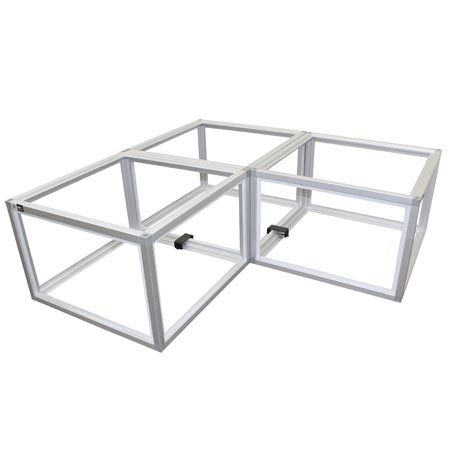


Lumo floor projector price tv#
In this type of setup, a display is installed directly on the floor, either by rear projecting on a raised surface of rear-projection acrylic, or by using monitors or LED panels, usually with a surface of impact resistant plastic or glass above them (since you obviously can’t walk directly on a flat screen TV or an LED panel). Cons: much longer setup time, expensive, most likely to break if incorrectly installed, shortage of installation experts means labour costs are high.Pros: No shadows, most realistic display, works great in well lit environments, highly customizable, often includes remote content creation/management so updating content is relatively easy.Ease of installation: very difficult and time consuming.REAR PROJECTION OR HIGH DEFINITION LED PANELS Here, in order of highest to lowest cost, are the three main types of interactive floors available, with pros and cons. Usually, an interactive floor involves a display of some sort, a sensor (which may or may not be built into the display), and a computer. To help you decide if an interactive floor makes sense for your project, here are some basic ground rules about equipment, setup options, and content. We’re contacted by a lot of agencies and businesses that want to set up an interactive floor at a tradeshow or event, but don’t quite understand how it all works, or what kind of equipment they’ll need.


 0 kommentar(er)
0 kommentar(er)
